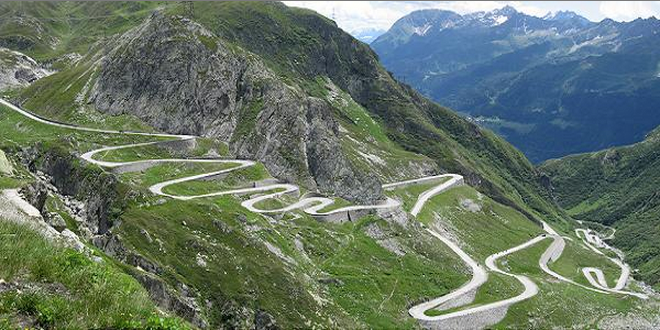There are very few triathlon bike courses that are really truly difficult. I mean, like evil difficult…as though the race director is out to punish you. But that doesn’t stop the average triathlete from making most courses harder than they were intended to be.
How is this even possible, you ask? It’s amazingly simple…
- You ride up each hill as though there is a time bonus there…
- You work hard not to be passed by anyone on the course…
- You resist the urge to shift so you can carry a bigger gear for more speed…
- You ride until your heart rate monitor beeps at you or you can’t breathe, whichever comes first…
I see this type of riding strategy at every race I go to. But it’s not a strategy, it’s a physical response to the challenges of racing. The problem is that a triathlon requires you to do your best across all three disciplines; favor just one area such as the bike and you’ll be setting yourself up for a very….long…walk…to the finish line.
In other words, working really hard in one area of the race will prevent you from working “just hard enough” to be fast across the entire day. Your body simply can’t handle the energy spikes without going into overdrive: a rapidly increasing average heart rate, early onset of dehydration and decreased ability to consume critical calories.
Riding up the hills really hard isn’t a bad idea if you are in a peloton on the rest of ride and there’s no mandatory run afterwards. As a triathlete, however, you have to focus on the big picture.
The Hard vs Easy Test
|
Ride the Hard Stuff Easy
We have a ton of cycling guidance inside Endurance Nation on how to handle different flavors of climbing to conserve your energy. But sometimes that’s even a bit too complicated.
Instead of giving you too much to think about, let’s keep it really simple: when things get really hard, go easy. The last thing you want to do is find yourself standing and climbing; most of us throw too much energy away in this position. So when the road goes up, you should:
- Shift to keep the pressure on your feet the same (i.e. not working harder) until you run out of gears.
- Sit up to make breathing easier, focusing on loose hands.
- Work on pulling up just as much as you are pushing down with your pedals.
Ride the Easy Stuff Hard
You earn the right to climb easy by pushing the downhills. Most athletes will work too hard on the climb, which forces them to rest when the road levels out or begins to drop. It’s at this critical juncture where your golden opportunity lies. After all, why work to pedal super hard to outdo hundreds of other people who are also pedalling like maniacs? Just wait for them to stop pedaling at the top and you can pass them in just a few seconds!
Here’s how it works:
- You set this up by riding up the hill as easily / steadily as you can.
- As you crest the top of the hill, maintain the same pressure but shift quickly to keep tension on the chain.
- Continue shifting and pedaling until you either (A) reach your desired cruising speed or (B) have run out of gears and are forced to coast.
This strategy helps you go from 8 mph, for example, back to 18 mph in a few hundred feet. For your fellow competitors who are coasting, it will take the better part of a mile on a good downhill to match your speed. By this time you’ll be long gone.
Good luck in your next race or time trial, and be sure to let us know how you do!




Leave a Reply